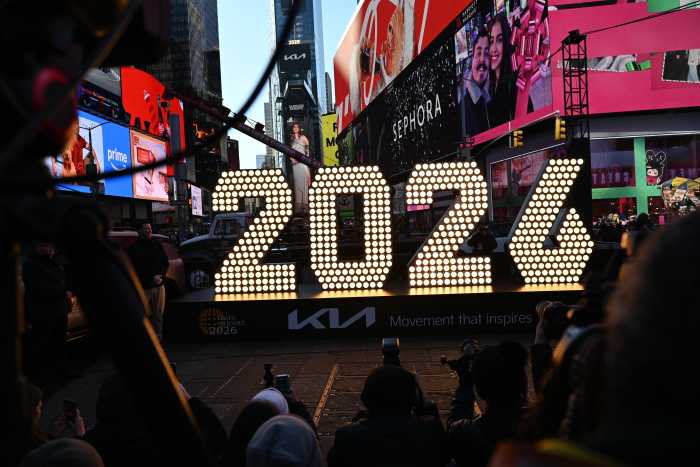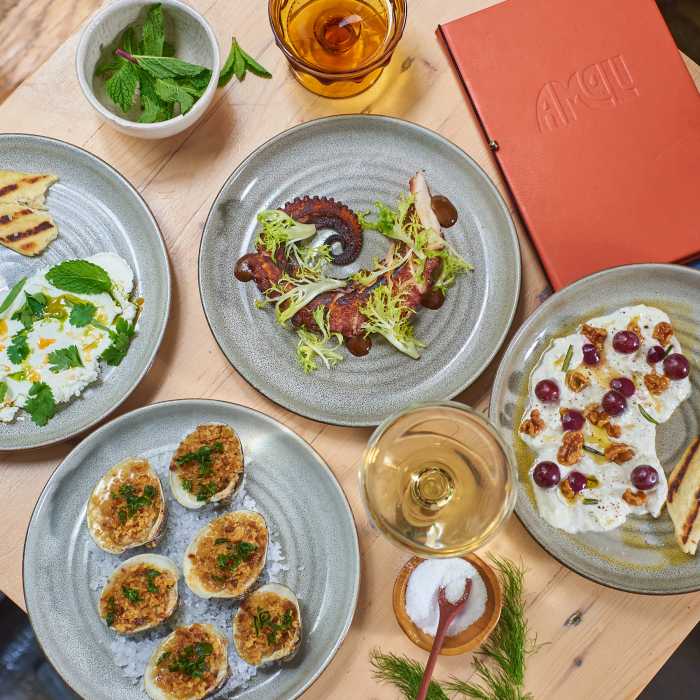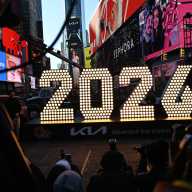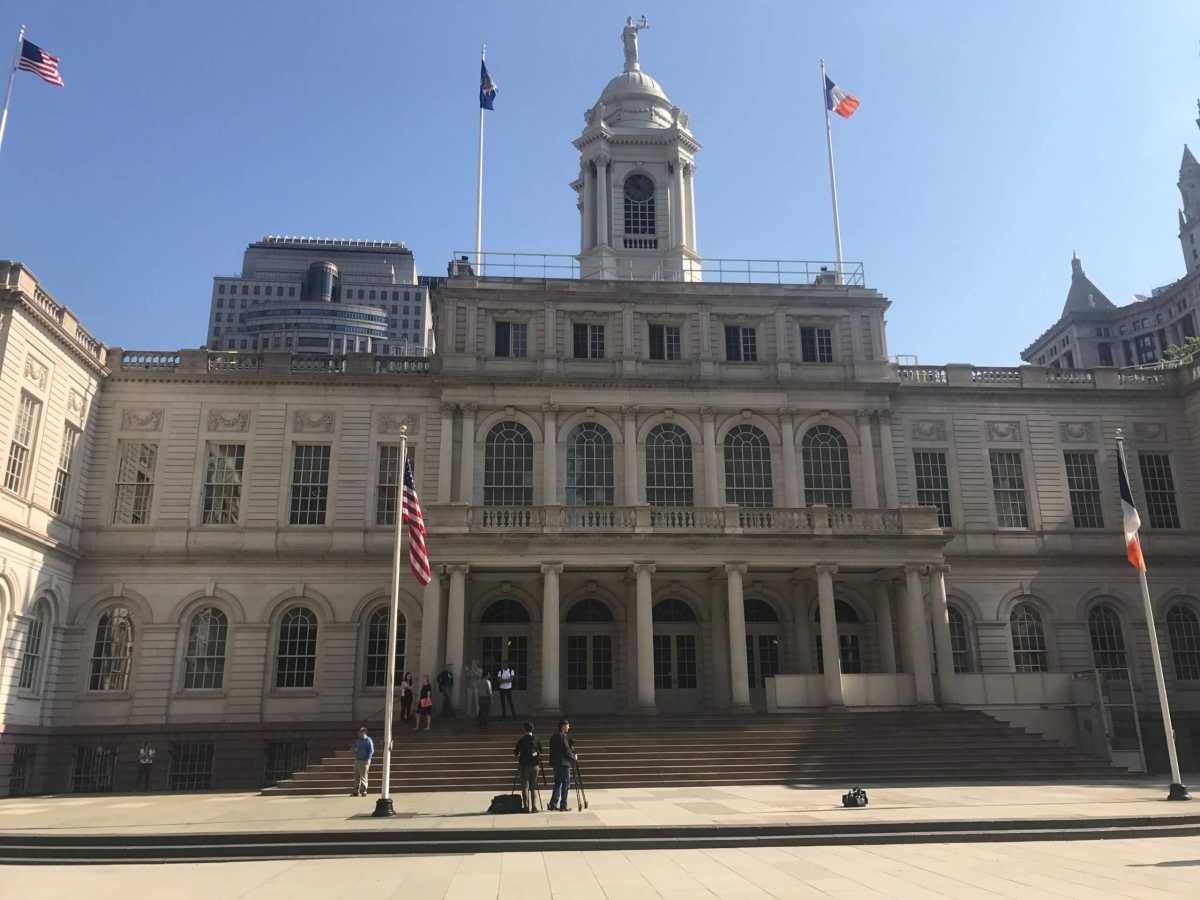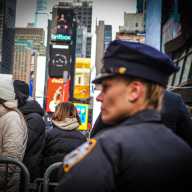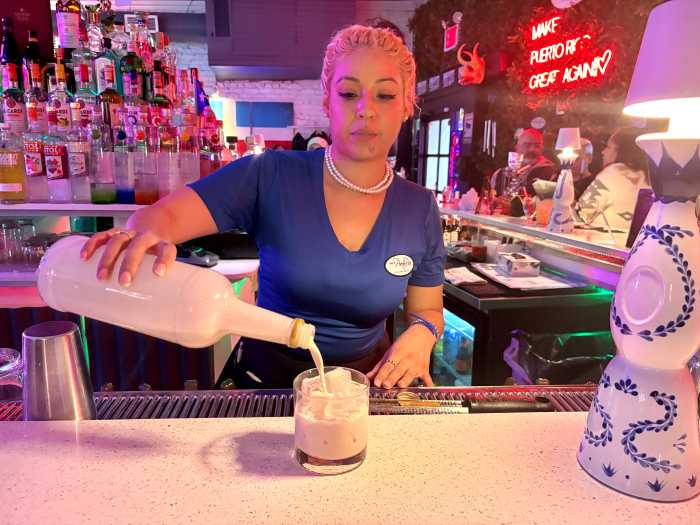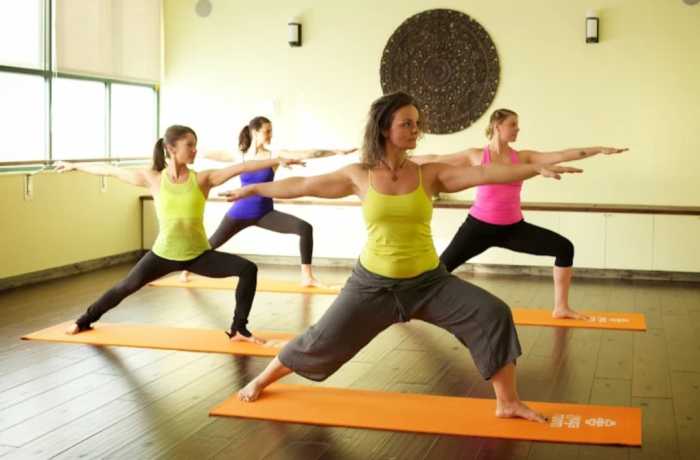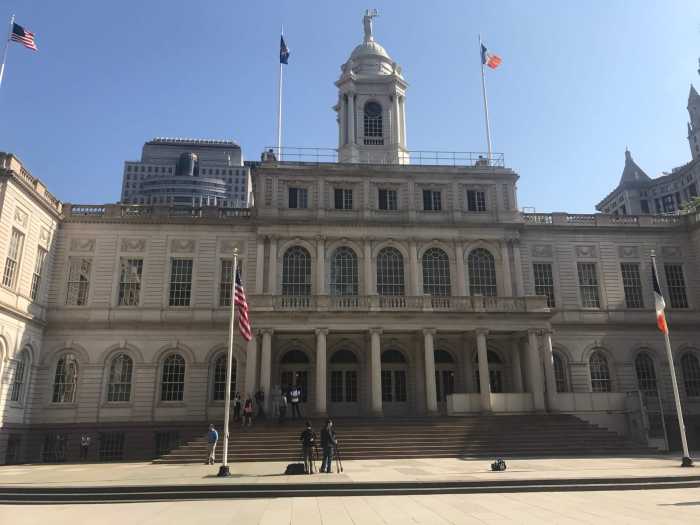European visitors often find themselves stuck in Geneva for a few hours with a layover — but there’s plenty to explore in the stunning city for a trip all its own.
The public transportation is great, but since everything is close together, your feet can get you just as far and allow you to see all the nuances of Switzerland’s second-largest city. Here’s what to do along the way:
Eat fondue
Switzerland is one of largest cheese-producing countries in the world and is known for varieties such as Gruyere, Emmentaler, Tete de Moine and Appenzeller. All of these cheeses can be found melted into a pot and bubbling over a tiny flame on tables across the country. In Geneva, a great option for this gooey indulgence is Cafe du Soleil (6 Place du Petit-Saconnex, cafedusoleil.ch), near the United Nations. If you are wandering around Old Town, Hotel Les Armures (1 Rue du Puits-St.-Pierre, hotel-les-armures.ch) also offers a superb pot of cheese you can eat alfresco or inside, surrounded by medieval-themed decor.
Explore Old Town
The area known as Vieille Ville consists of striking buildings from the 12th century. Visit Place du Bourg-de-Four, Geneva’s oldest square. Once a marketplace where the Romans traded, today it is full of quaint shops and cafes. Also in this area is Maison Tavel (admission FREE; 6 Rue du Puits-St.-Pierre), a museum in the city’s oldest house that offers a glimpse into life way back when. Take the free Heart of Geneva Tour (11 a.m. daily; meet outside the clock tower at Place Bel-Air, freewalk.ch/geneva) to get a dose of Swiss history.
See tons of art
In one complex (10 Rue des Vieux-Grenadiers) you will find the Museum of Modern and Contemporary Art, or Mamco (admission 8 CHF; mamco.ch) and the Center for Contemporary Art Geneva (admission 5 CHF; centre.ch), two modern institutions with ever-changing exhibits. Also don’t miss the Musee Rath (admission 10 CHF; 1 Place de Neuve, mah-geneve.ch), which features large-scale exhibitions that range from ancient to modern art.
Tour the lake on a boat
To really get a unique view of the city, take a breezy boat ride on Lake Geneva, or Lac Leman. CGN Horizons Tours (16 CHF/person, $8/children ages 6-16; multiple locations, cgn.ch) offers hour-long jaunts daily around the lake that are peppered with facts about the city. Sights include the Villa Diodati where Lord Byron resided in 1816, the castle of Baron Rothschild, the Brunswick Monument and the lake’s Jet d’Eau, which shoots water more than 400 feet into the air.
Lunch at a cafe
Thanks to its proximity to France, Geneva can feel very Parisian — especially its cafes. Visit the 1920s-styled Cafe Remor (3 Place du Cirque, remor.ch) and soak up the vibe while sipping glass of rose or cup of coffee, nibbling on a simple ham and cheese sandwich and people-watching. For dinner, Brasserie-restaurant de l’Hotel-de-Ville (39 Grand-Rue, hdvglozu.ch) in Old Town makes one of the best steak tartares around.
Relax in Parc des Bastions
Surrounding the University of Geneva, this park offers so many reasons to visit. For starters, it used to house Geneva’s botanical garden, and though it moved in 1904 you can see the unique trees that made up much of the greenery (some still with their original botany tags). Other highlights include giant chess and checker boards, rolling lawns, a charming 19th-century cafe, a glass-enclosed pavilion and the Reformation Wall, a 300-foot-long structure that commemorates the 16th century Protestant Reformation with stunning statues of the movement’s four main leaders.
Bone up on watch history
Switzerland is well-known for watches (think Swatch, Rolex and Zenith), and you can learn all about the industry at the Patek Philippe Museum (closed Sunday-Monday, admission 10 CHF, 7CHF for seniors and students, FREE under the age of 18; 7 Rue des Vieux-Grenadiers, patekmuseum.com). It showcases Genevan, Swiss watches and other European watches, all dating between the 16th and 20th centuries.
Enjoy the view from St. Pierre Cathedral
At this magnificent church, which started construction in the 12th century, climb the 157 steps to the towers to enjoy one of the best views in Geneva, then head below to an underground archaeological site to learn about the site’s history, how the church was built and the role of religion in the town (tours 5 CHF, 2 CHF ages 6-16; Cour St.-Pierre, cathedrale-geneve.ch).
What to know
Find it: Geneva is located near the Swiss Alps, right on the border of France.
Language: The four national languages of Switzerland are German, French, Italian and Romansh. Most people in Geneva speak French and — though it’s not an official language — English.
Currency: Swiss Franc, or CHF
Geneva Pass: One of the best ways to get around and sample many of the cultural things the city has to offer is with a Geneva Pass. Ride public transit, get guided tours and enter more than a dozen museums for free or discounted admission. Passes cost 26 CHF, 37 CHF and 45 CHF for one, two or three days, respectively.




